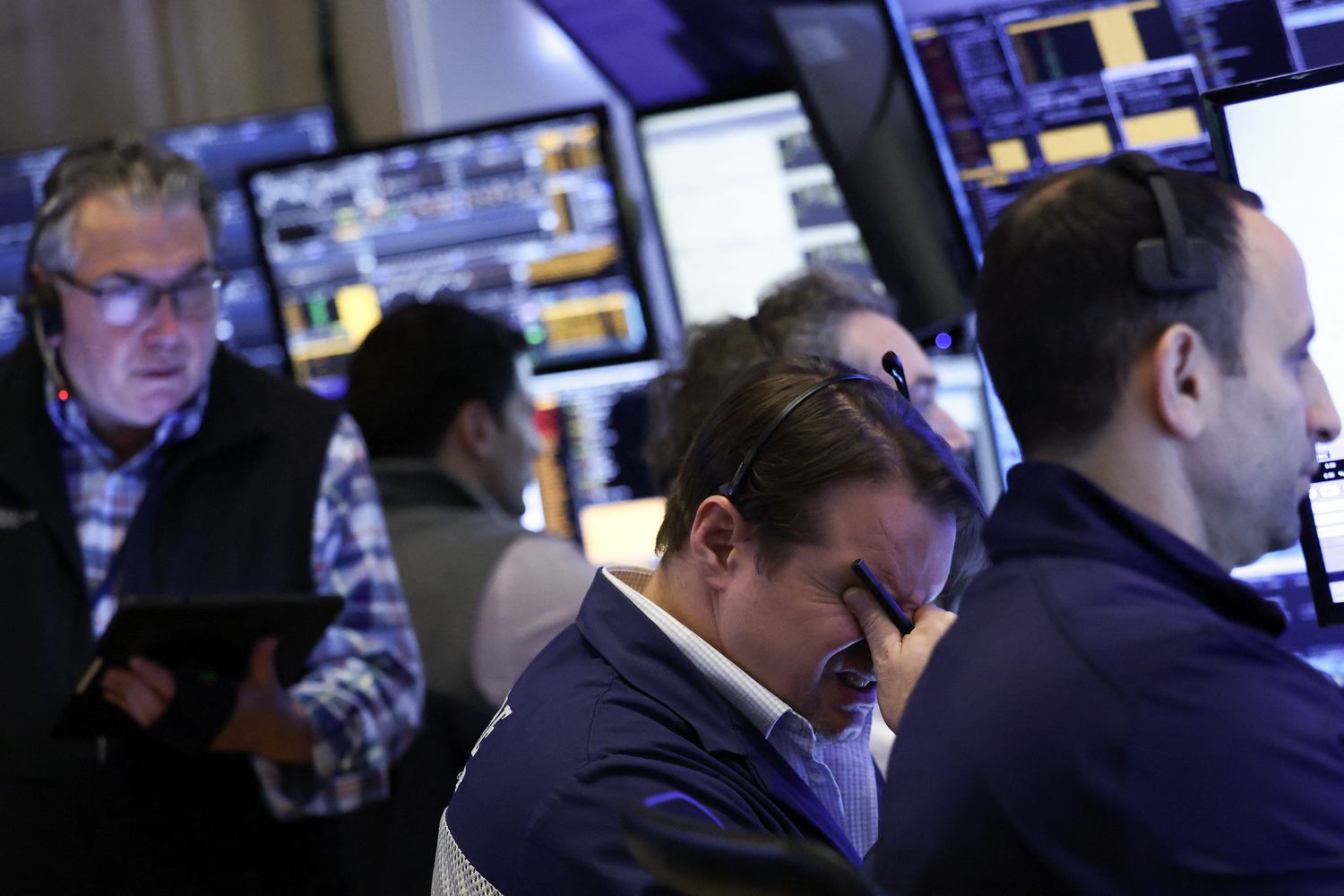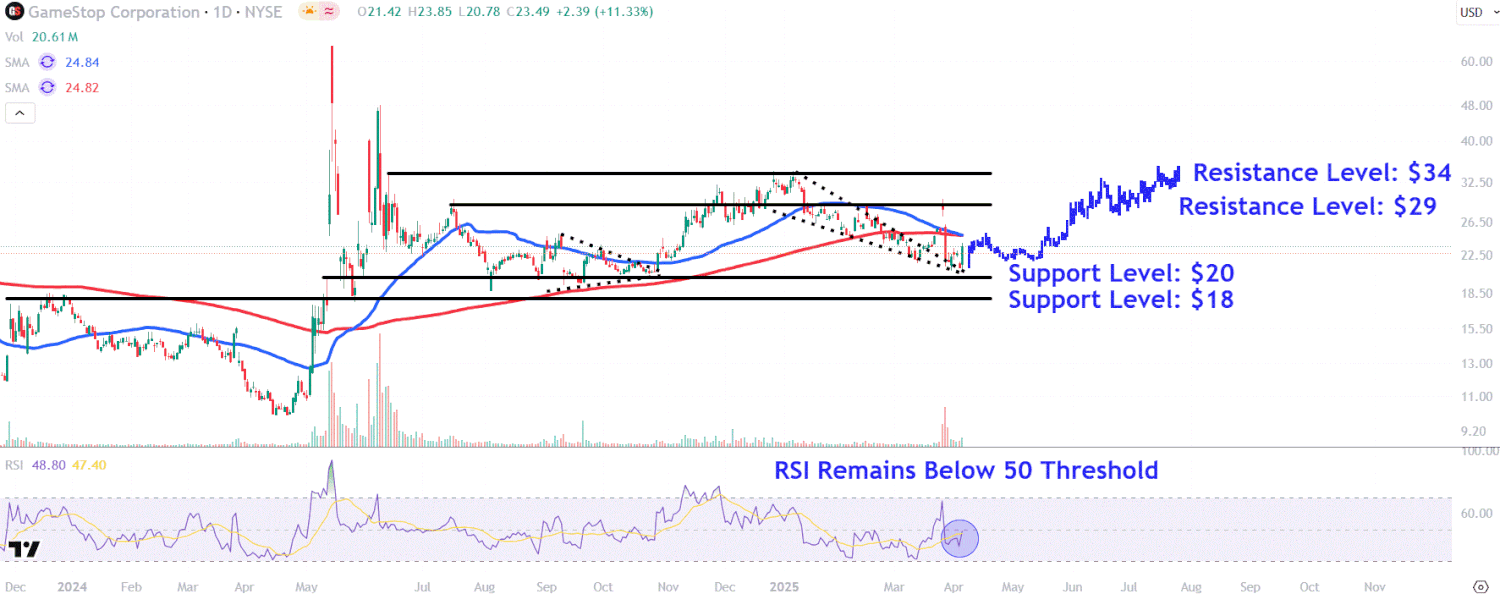Can You Profit from ‘Buying the Dip?’ Here’s What Experts Say


Market drops can tempt investors with the supposed profits that await those buying coveted stocks at a discount. When markets took a nosedive after President Donald Trump announced sweeping tariffs in April 2025, many considered “buying the dip,” referring to a drop in the stock market from recent averages.
“If you’re thinking about buying the dip, then you’re looking at market losses in a healthy manner,” said Peter Lazaroff, chief investment officer of Plancorp and a member of Investopedia’s advisor council. “The key now is to be smart with what you choose to buy.”
According to JPMorgan (JPM), retail investors bought billions in popular stocks like NVIDIA Corp. (NVDA) on April 3, buying at the highest level in a decade. However, they threw good money after bad, “buying the dip” as stocks continued to plummet into bear market territory.
Key Takeaways
- Buying the dip can be a sound strategy for long-term investors, but timing the market perfectly is almost impossible.
- Before investing during a downturn, assess your financial stability, including emergency funds and debt levels.
- Don’t invest money that you can’t handle losing in the short term if the market drops further.
What Does It Mean to ‘Buy the Dip?’
Ideally, downturns should offer stocks with strong fundamentals at reduced prices. “Buy low, sell high,” goes the famous investing strategy. So what’s not to like?
Many retail investors know that in recent years, pullbacks during an otherwise strong bull market have been followed by quick recoveries. Indeed, investment forums and social media channels go into overdrive with buy-the-dip advice during such periods. These message boards can make it seem easy, but identifying market bottoms is notoriously difficult. Even professional investors with vast resources and experience fail to time market bottoms.
In addition, dips often turn downward into a deeper correction or bear market. Recent downturns had numerous so-called “sucker rallies“—an apt name for what you’ll feel if you buy into them.
Tip
Experts recommend having an emergency fund that can cover three to six months of expenses in easily accessible funds. Buying the dip means nothing if you have to cash-out your stocks to pay bills before the market heads back up.
What You Need To Know
Assess Your Financials
Before buying into a dip, ensure your overall financial house is in order:
- Only invest what you can handle losing. Adding more risk is only prudent if you can withstand additional losses in the near term.
- Get your debts in order. The guaranteed “returns” from paying off credit cards (some with interest rates as high as 30% annually) are often greater than potential market gains.
- Assess your income stability. Those with stable incomes can afford to take more risks than those facing potential unemployment or fewer work hours.
“Is this truly long-term money that you will not need for seven+ years? And if the market drops further, will you stay calm or feel the urge to panic-sell?” said Michelle Perry Higgins, a financial advisor at California Financial Advisors. “If you’re not confident in your ability to ride out more volatility, it may be best to hold off.”
Consider Dollar-Cost Averaging
Rather than putting all your money into a single dip, consider a more measured approach: dollar-cost averaging (DCA). This involves investing fixed amounts at regular intervals—say, $100 weekly or monthly—and removes the psychological and emotional pressure of timing. If you have a 401(k) with contributions from each paycheck, you’re already doing this.
“Understand that you’re unlikely to time the bottom perfectly,” Higgins said. “Statistically, the odds of buying at the exact low are very slim. Instead, think of it as gradually buying at lower average prices over time … nibbling your way in during downturns rather than trying to hit a perfect entry point. This approach helps build long-term wealth without unnecessary stress.”
Focus on Diversification and Fundamentals
Just because something is on sale doesn’t mean you should buy it. The same is true with stocks. Consider shares of companies with strong balance sheets, sustainable competitive advantages, and reasonable valuations (e.g., lower price-to-earnings ratios). But be wary of companies that appear to be facing business model challenges. For example, as the market lurched into bear territory in April 2025, stocks that took a hit included those most likely to face severe problems in a high-tariff environment.
So-called defensive stocks like those for utilities and consumer staples—things that will have demand no matter the economic environment—may offer better value than others. Defensive ETFs that focus on minimum volatility, like the Consumer Staples Select Sector SPDR ETF (XLP), can leave the choice of specific stocks up to the professionals in a fund’s management.
But keep your portfolio diversified. “Individual stocks are historically a losing route to wealth building,” Lazaroff said. “The best route is to emphasize broadly diversified, low-cost options that are well aligned with your time horizon,”
The Bottom Line
Dips can create buying opportunities that improve long-term returns. But trying to time market bottoms is incredibly difficult, and it’s often impossible to judge whether a severe sell-off is just a temporary overreaction or a harbinger of a prolonged bear market. Investors should remain informed, exercise patience, and avoid impulsive decisions based on short-term market moves.

















